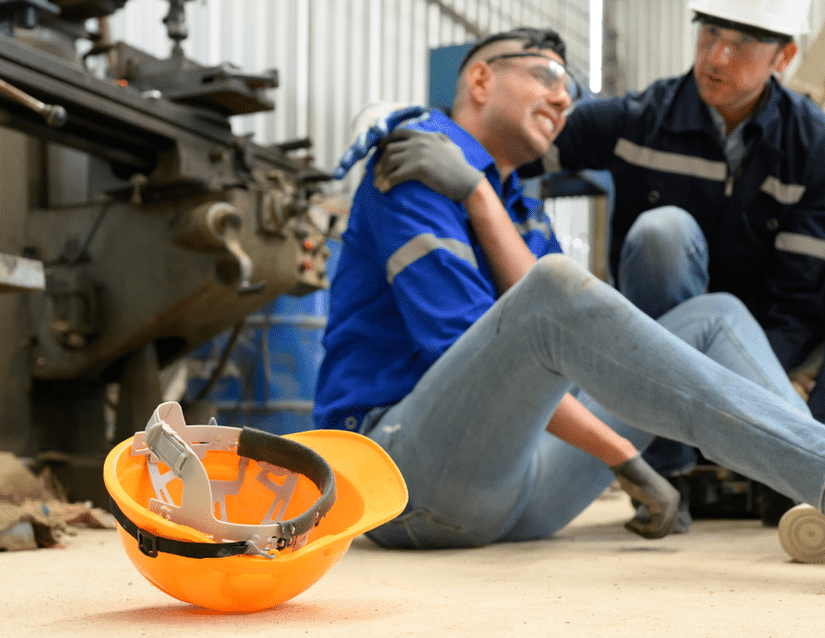Construction workers are at risk of developing repetitive strain injuries (RSI) due to the physical demands of their job. RSI, also known as musculoskeletal disorders, can cause pain, stiffness, and limited mobility in affected areas. In this article, we’ll explore the causes of RSI in construction workers, prevention strategies, and how to seek compensation if you’ve been injured.
(Understanding the Basics of Workers Compensation)
Causes of RSI in Construction Workers
Construction work involves repetitive tasks that can lead to RSI, including:
- Lifting and carrying heavy materials: Repeatedly lifting and carrying heavy materials can strain the muscles and joints in the back, shoulders, and legs.
- Using vibrating tools and equipment: Operating vibrating tools and equipment, such as jackhammers or drills, can cause vibration-induced injuries to the hands, wrists, and arms.
- Performing tasks with poor posture or awkward positions: Working in cramped or awkward positions can lead to strain on the muscles and joints in the neck, back, and legs.
- Working in cold or hot environments: Working in extreme temperatures can increase the risk of RSI, as muscles and joints may become more susceptible to strain.
- Repeating the same tasks for extended periods: Performing the same tasks repeatedly, without adequate rest or rotation, can lead to fatigue and strain on the muscles and joints.
Types of RSI in Construction Workers
Common types of RSI in construction workers include:
- Carpal tunnel syndrome: Compression of the median nerve in the wrist, causing numbness, tingling, and pain in the hand and wrist.
- Tendinitis: Inflammation of tendons in the hands, arms, or shoulders, causing pain and stiffness.
- Bursitis: Inflammation of fluid-filled sacs in the joints, causing pain and swelling.
- Epicondylitis: Inflammation of the tendons in the elbow, causing pain and stiffness.
- Low back strain: Strain on the muscles and ligaments in the lower back, causing pain and stiffness.
Prevention Strategies
To minimize the risk of RSI, construction workers and employers can take the following steps:
- Take regular breaks: Rest and stretch every 30-60 minutes to reduce fatigue and strain.
- Use proper lifting techniques: Lift with your legs, not your back, to avoid straining the muscles and joints.
- Maintain good posture: Avoid bending or twisting, and take regular breaks to stretch and move around.
- Use ergonomic tools: Select tools with comfortable grips and handles to reduce strain on the hands and wrists.
- Stay hydrated and warm: Avoid working in extreme temperatures, and take regular breaks to rest and rehydrate.
Seeking Compensation
If you’re a construction worker who has developed RSI, you may be entitled to:
- Workers’ compensation benefits: Benefits for medical expenses, lost wages, and permanent disability.
- Damages from negligent third parties: Compensation for pain and suffering, emotional distress, and other non-economic losses.
Case Studies
- Carpal tunnel syndrome: A construction worker in Chicago developed carpal tunnel syndrome from repetitive use of vibrating tools. He received workers’ compensation benefits and damages from the manufacturer.
- Low back strain: A worker in Illinois suffered a low back strain from lifting heavy materials. He received compensation for his injuries and medical expenses.
Conclusion
RSI is a common injury in construction workers, but it can be prevented with proper techniques, regular breaks, and ergonomic tools. If you’ve developed RSI, don’t hesitate to seek legal advice to ensure you receive the compensation you deserve.
If you’re looking for an experienced Chicago personal injury lawyer to help navigate your personal injury claim, we will fight assiduously for your right to the compensation you deserve. Call Bizzieri Law Offices at 773.881.9000. The case evaluation is free, and we never charge a fee unless we recover damages for you.

